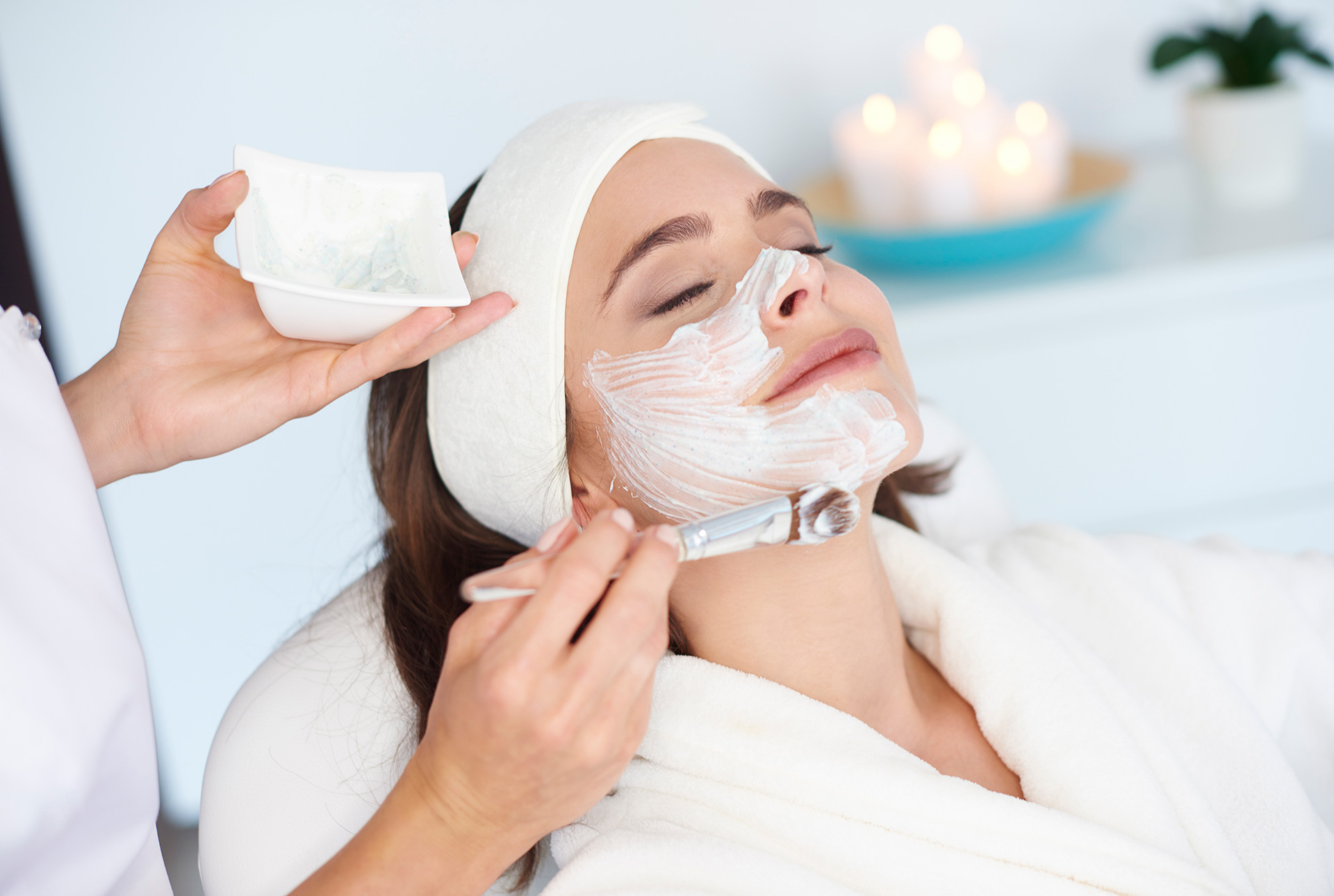Dermaplaning - A Comprehensive Guide to Skin Resurfacing

Why should you do Dermaplaning?
In this comprehensive guide, we will explore the history, benefits, procedure, aftercare, and potential risks associated with dermaplaning.
I. Origins of Dermaplaning:
Dermaplaning has its roots in ancient beauty practices. The concept of manually exfoliating the skin to achieve a smoother complexion dates back centuries. Historically, various cultures utilized different tools and techniques for this purpose. However, the modern iteration of dermaplaning as we know it today began to gain popularity in the beauty industry in the early 2000s.
II. The Science Behind Dermaplaning:
The skin is the body's largest organ, and its outermost layer, the stratum corneum, often accumulates dead skin cells, debris, and fine facial hair. Dermaplaning is designed to address these concerns by gently scraping away this outer layer, revealing fresher and more youthful-looking skin. Unlike some other exfoliation methods, dermaplaning is suitable for nearly all skin types, including sensitive skin.
III. Benefits of Dermaplaning:
Dermaplaning offers a range of benefits that contribute to its growing popularity:
a. Smoother Skin Texture:
By removing the outer layer of dead skin cells, dermaplaning promotes a smoother skin texture, reducing the appearance of fine lines and wrinkles.
b. Enhanced Product Absorption:
With the barrier of dead skin cells eliminated, skincare products can penetrate the skin more effectively, maximizing their benefits.
c. Improved Makeup Application:
Dermaplaning creates a smooth canvas for makeup application, allowing for a more even and flawless finish.
d. Temporary Hair Removal:
While dermaplaning is not a hair removal method, it does remove fine vellus hair, commonly referred to as peach fuzz, contributing to a smoother facial appearance.
e. Minimal Downtime:
Unlike some more invasive skincare procedures, dermaplaning typically involves minimal downtime, making it a convenient option for those with busy lifestyles.
IV. The Dermaplaning Procedure:
The dermaplaning procedure is typically performed by trained skincare professionals. The key steps involved in the process include:
a. Cleansing:
The skin is thoroughly cleansed to remove any makeup, oils, or impurities.
b. Prepping the Skin:
A toner or prepping solution is applied to prepare the skin for the dermaplaning process.
c. Performing the Dermaplaning:
Using a sterile scalpel, the skincare professional carefully scrapes the skin at a 45-degree angle, removing dead skin cells and fine facial hair.
4. Temporary Results:
Brow lamination provides semi-permanent results, and the effects may gradually fade over time. Maintenance treatments are often required to sustain the look.
5. Professional Expertise:
To minimize risks and achieve optimal results, it's essential to seek the services of a trained and experienced brow lamination technician.
Conclusion
Dermaplaning is a popular and effective skincare procedure that provides immediate results in terms of smoother skin texture and enhanced radiance. While it is generally safe, individuals considering dermaplaning should carefully assess their skin condition, discuss their expectations with a licensed practitioner, and follow proper aftercare guidelines.
As with any cosmetic procedure, it is essential to choose a qualified and experienced professional to perform dermaplaning. Regular communication with the practitioner, adherence to aftercare instructions, and realistic expectations are key factors in achieving optimal results and maintaining skin health.
Pure Wax - Dermaplaning, Ellicott City
Image by Image by gpointstudio on Freepik



